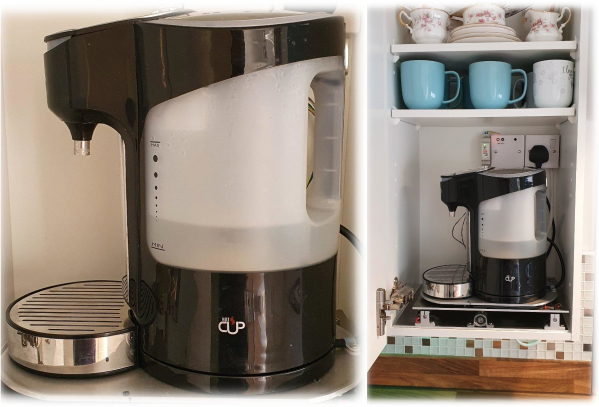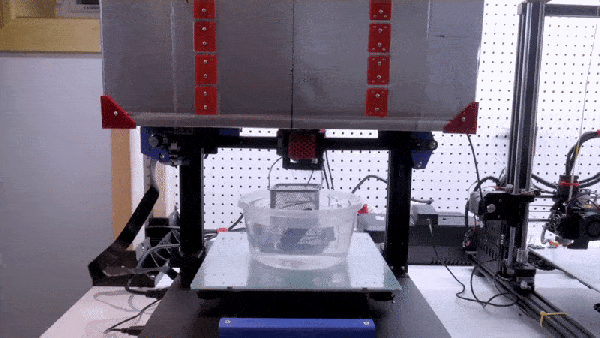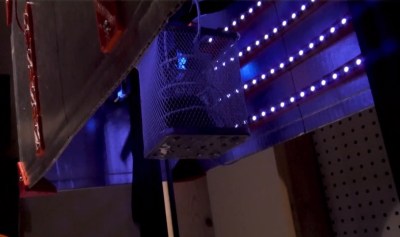Afterburners are commonly agreed to be the coolest feature of military fighter aircraft. Injecting raw fuel into the exhaust stream of a jet engine, afterburners are responsible for that red-hot flaming exhaust and the key to many aircraft achieving supersonic flight. [Integza] wanted to see if the same concept could be applied to an electric ducted fan, and set out to find out.
Of course, building an afterburner for an EDF does add a lot of complication. A flame tube was installed downstream of the EDF, fitted with a brass tube drilled carefully to act as a fuel injector. The flame tube was also fitted with an automotive glow plug in order to ignite the fuel, which was lighter refill gas straight from a can. The whole assembly is wrapped up inside a clear acrylic tube that allows one to easily see what’s happening inside with the combustion.
Results were mixed. While the fuel did combust, but in a rather intermittent fashion. In proper operation, an afterburner would run with smooth, continuous, roaring combustion. Additionally, no thrust measurements were taken and the assembly barely shook the desk.
Thus, if anything, the video serves more as a guide of how to burn a lot of lighter gas with the help of an electric fan. The concept does has merit, and we’ve seen past attempts, too, but we’d love to see a proper set up with thrust readings with and without the afterburner to see that it’s actually creating some useful thrust. Video after the break. Continue reading “Putting An Afterburner On An Electric Ducted Fan”




















